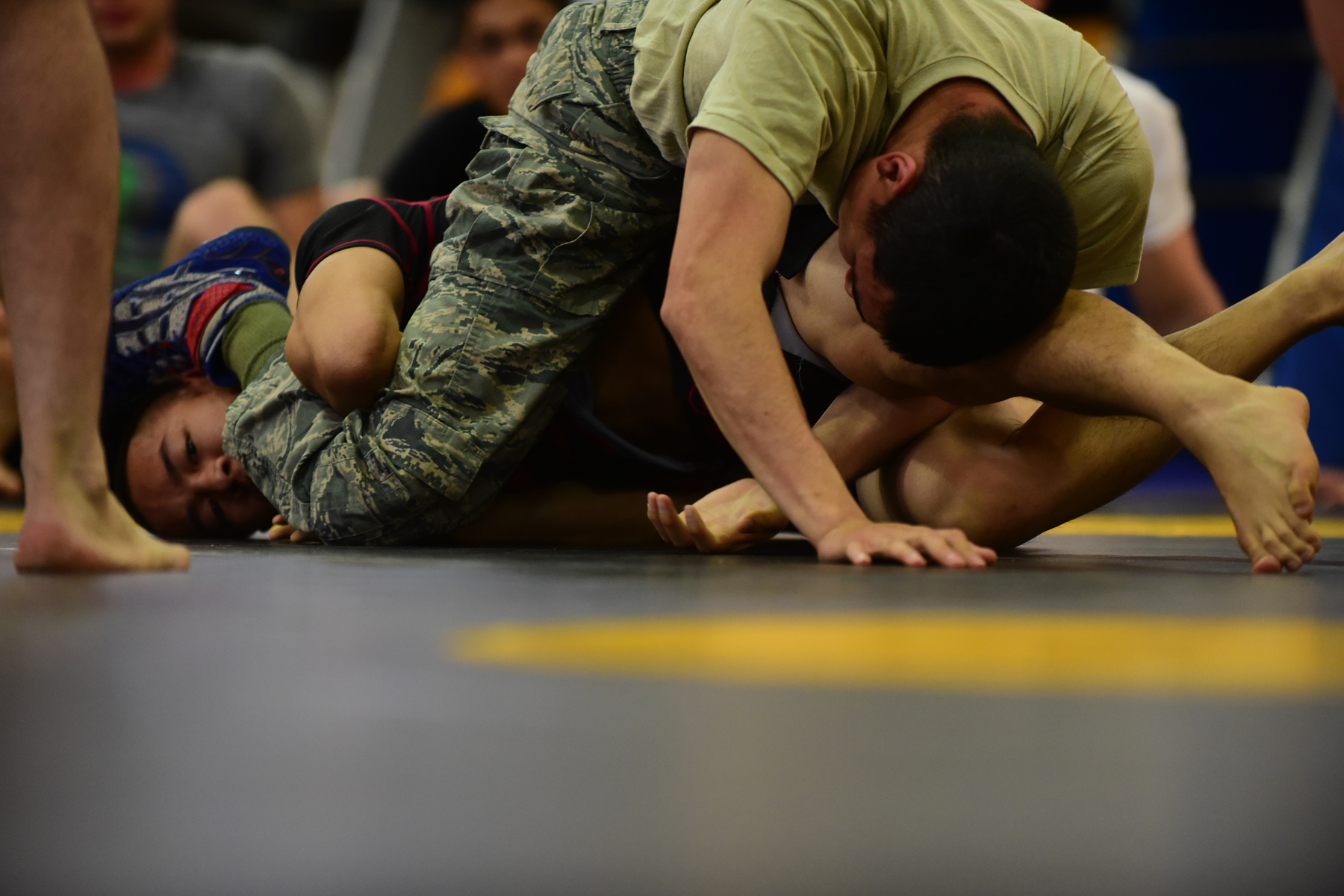Improving Quickly in BJJ
The idea of relying on systems, as opposed to individual techniques, has quickly gained traction in Brazilian Jiujitsu. What constitutes a system in grappling and how do they improve your BJJ? Defining the concept and attempting to extrapolate the benefits ensures practitioners can reap the rewards of a systems-based training approach. Systems constitute an organized grouping of related techniques. By considering techniques within a system as gears within a larger mechanism, BJJ practitioners can adopt a comprehensive approach to a particular position or action, leading to significant advantages

Memorization
Grouping techniques into systems makes it easier to remember techniques. The sheer number of positions, submissions, and transitions in grappling means practitioners constantly learn and forget techniques. Implementing a structured approach to your learning will help you retain information. Combined with a drilling, the systems approach to training will ensure both your mind and body work together to execute the correct technique for any given situation. For instance, when faced with the opportunity to implement a guillotine submission, practitioners can make the conscious decision to switch to high-elbow or low-elbow variations.
Transitions
To the more advanced BJJ practitioners, transitions are of great importance. Knowing not only when, but how to transition between positions if an opponent threatens to escape is essential. Learning techniques as part of an overarching system means the transitions will be readily available. The advanced mindset to leg-locks, for instance, requires practitioners to know how to maintain control of the adversary’s legs while switching constantly between leg-lock positions. Understanding how positions are related and having confidence in your ability to flow between them midgets the presence of positional weaknesses.

Understanding
Plenty of fighters, like Kit Dale, heavily emphasis a cognitive approach to submission grappling where concepts rather than techniques form the central focus. By learning through systems, practitioners are asked to apply their techniques in an interlinked manner. The exposure to concepts like control and flow will help you learn and implement overarching concepts. Even without conscious thought, practitioners then begin to adopt a more advanced mindset in BJJ.
The Systems Approuch
Training with systems in BJJ, from Gordon Ryan’s guard passing system to John Danaher’s full-guard system, has plenty of benefits. To ensure you develop the correct muscle memory, techniques require constant drilling. At the same time, however, movements need to be contextualized into a wider framework to ensure you can properly react to an opponents defensive measures. If properly trained, systems can exponentially increase you submission grappling abilities.
